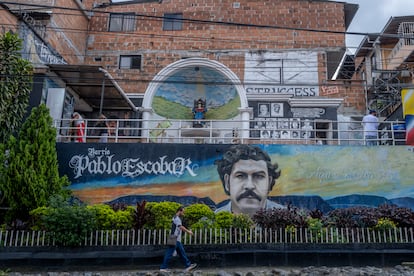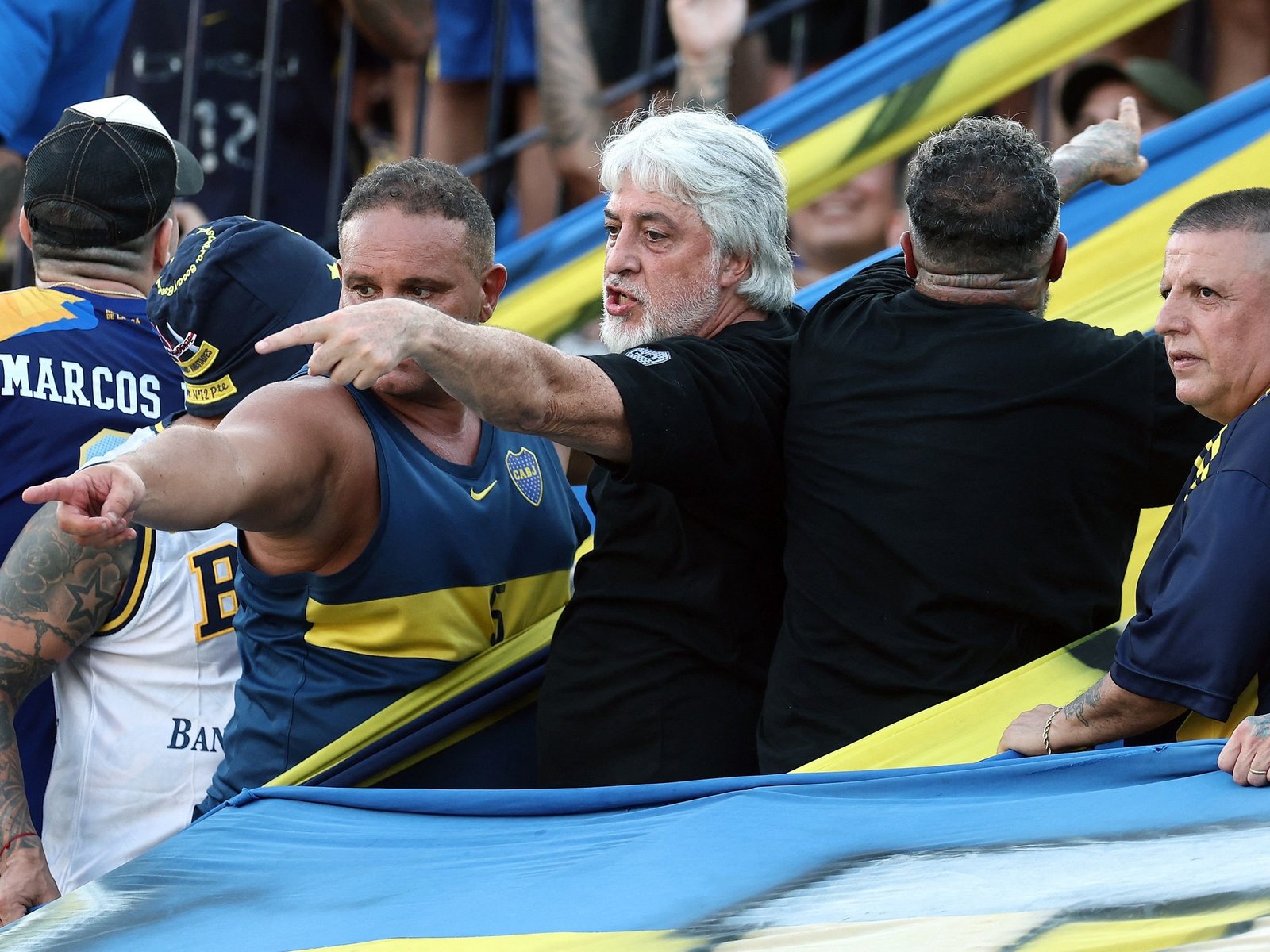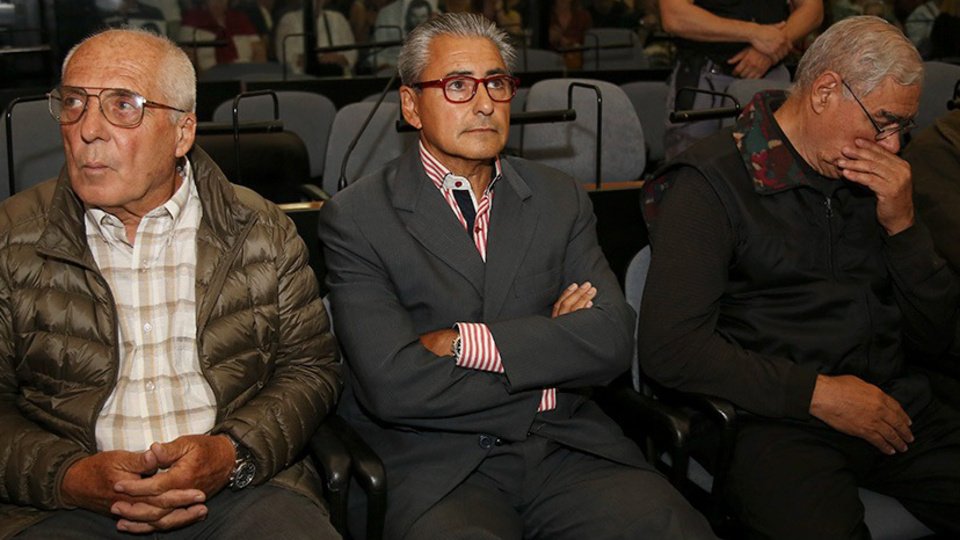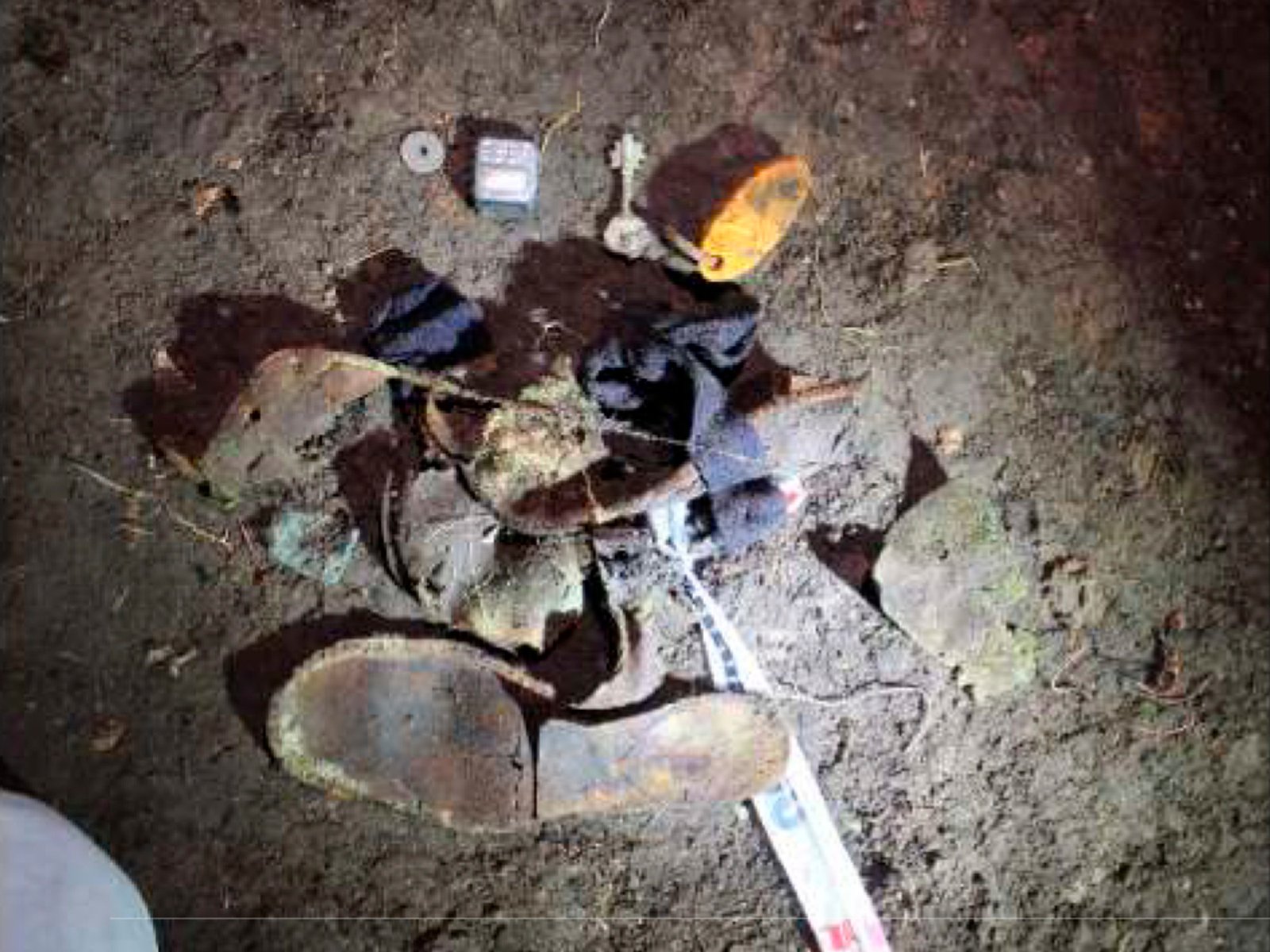A 14-year-old Colombian teenager demonstrated his capacity for reckless killing last Saturday. He shot senator and presidential candidate Miguel Uribe Turbay multiple times during a rally in Bogotá. The politician’s body, his heart still beating, was covered with blood and he collapsed. Minutes later, the attacker was shot in the leg, knocked to the ground, and arrested. “I’m sorry, I did it for the money, for my family,” he exclaimed. His youthful voice and desperate promises to reveal who ordered the attack caused a stir. But it was nothing new. On March 22, 1990, a 15-year-old shot and killed presidential candidate Bernardo Jaramillo. A few years earlier, on April 30, 1984, an 18-year-old participated in the assassination of then-Justice Minister Rodrigo Lara. The tragedy of child hitmen has been repeated in Colombia, time and again, for decades.
While Uribe Turbay fights for his life, authorities have revealed some details about the teenager who shot him. He lived with an aunt in Villas de Alcalá, a lower-class neighborhood in western Bogotá. His mother is deceased, and his father is no longer in the country. He had a “completely conflicted” personality, according to reports from professionals who knew him when he participated in a government social program. No one doubts that he is not the primary author of the attack. “We are perfectly aware that this young man is merely the perpetrator,” said Attorney General Luz Adriana Camargo. The masterminds took advantage of his financial needs and then left him to his fate. Authorities fear that these criminals will try to kill him to prevent him from revealing information.
Historian Petrit Baquero, an expert on drug trafficking and criminal economies, points out that these dynamics originated in Medellín in the 1980s. “Children have always participated in wars in Colombia, but the starting point of what we know as modern hitmen, in an urban context, is Pablo Escobar [the leader of the Medellín Cartel]. He organized the youth gangs that existed in the city as hitmen for hire,” he explains by phone. The teenagers, who until then had committed occasional robberies and clashed with members of other gangs, began to participate in larger criminal operations. “The gangs became specialized crime offices,” Baquero emphasizes.
Poverty in Medellín’s communes and the rise of cocaine were an explosive combination. Until then, young people saw few opportunities to get ahead and support their families. “Escobar took advantage of their insane desire to have something, to be someone,” Baquero says. “They joined these organizations to get a motorcycle, a pair of sneakers, a cooler to give to their mother.” The gangs also gave them a sense of belonging and status: the teenagers felt empowered by handling weapons and, in some cases, were perceived as more attractive to women.
The assassination of Justice Minister Rodrigo Lara in 1984 marked a turning point. It was the Medellín Cartel’s first high-profile attack and was interpreted as a declaration of war against the state. The perpetrators were Iván Darío Guisado and Byron de Jesús Velásquez. The latter, known as “Quesito,” was barely 18 years old and the rider of the motorcycle from which his partner fired the shot. Unlike Guisado, he survived the attack and was captured. He was relegated to a secondary role in the newspaper reports of that day: El Tiempo on May 1 simply described him as “an accomplice” of the main hitman and as a young man whose body “already bore scars.”
Baquero emphasizes that Quesito once held a certain degree of prominence in the Medellín Cartel. He worked directly for John Jairo Arias, alias “Pinina,” a criminal who began his career at the age of 12 and rose to become Escobar’s chief hitman. This, the investigator says, gave him status despite his young age. “He was seasoned; he had leadership in prison,” he emphasizes. Quesito was released from prison in 1995 after being held for just over a decade. He avoided the press and kept a low profile. Now, according to Baquero, he drives for private transportation platforms and does some tourist tours around Medellín.
A different case is that of the 15-year-old hitman who gunned down leftist politician Bernardo Jaramillo in 1990. By then, Escobar was no longer the only criminal hiring teenagers from the impoverished neighborhoods of Medellín to kill his opponents. Paramilitaries from the United Self-Defense Forces of Colombia (AUC) trained Andrés Arturo Gutiérrez to unleash a volley of bullets on the presidential candidate of the Patriotic Union. After the crime, committed at Bogotá airport, the teenager was captured and sent to a juvenile detention center.
Gutiérrez’s life aroused interest in the press at the time. A story published by El Tiempo on March 25, 1990, tells of how he only completed his second year of high school and then began working. He was a fruit vendor, a car park attendant, and a chalk factory worker. “He gave everything he earned to his mother,” the article reads. Even so, the money wasn’t enough to cover the rent and groceries, and they had to pawn his bicycle. According to his family, a man approached the boy a few weeks before Jaramillo’s murder and “changed him.” His mother maintained that, until then, the teenager had been an innocent young man. “One morning, just over a month ago, he saw a dove on a guava tree in the yard and shot it. When the dove fell, he became distraught and ran to pick it up. When he found it dead, he began to cry,” the article states.
The teenager spent a year in a juvenile detention center in Bogotá, where he completed his third year of high school and received honorable mentions for his good behavior. He was released in November 1991. A few weeks later, in January, he was found dead next to his father in the trunk of an abandoned car in Medellín. A priest who knew him told El Tiempo that the boy had lived in fear since being released. “He knew the risk, and that’s why we were looking for ways to keep him out of that city [Medellín], but unfortunately, that remained a project,” he remarked.
Three decades later
Arlex López, a social leader from the Northeastern Commune of Medellín and coordinator of the Convivamos Corporation, says in a telephone conversation that little has changed in the last three decades. Although until last Saturday there had been no more attacks on presidential candidates, underage hitmen continued to participate in less visible crimes. López says it’s common to hear about how they take part in the extortions, kidnappings and homicides ordered by their gangs, heirs to the Medellín Cartel, paramilitaries, urban militias, and countless other criminal actors. “The children and grandchildren of the criminals of the 1980s and 1990s have continued the business,” he explains.

The community leader points out that the social inequalities that gave rise to child hitmen in the 1980s and 1990s still persist. Teenagers look for ways to help their families. “My mom gave me everything, why shouldn’t I give her everything too?” they reflect, even if it costs them their lives. They join the gangs, which become a new family. They seek to impress the leaders, whom they revere as role models. They see being hitmen as an opportunity to show their worth and rise in the hierarchy. “Can you imagine if he succeeds [with the attack]? What will his criminal family think? Wow! They’ll admire him. These are irrational tests, but the kids want to overcome them and become a kind of Vito Corleone,” says López. If they die, the gangs at least promise to take care of their families: “If someone risked their life for the structure, there’s recognition.”
Criminal bosses, meanwhile, continue to target children. López explains that “judicially, adolescents have advantages when they commit a crime,” referring to the reduced sentences they receive in specialized centers. He also notes that leaders view contract killings as a way for young people to grow in the criminal world, within the prevailing logic of proving their courage and loyalty. “For them, it’s giving an opportunity to a minor who wants to prove himself. The older criminal sees himself reflected in the young person who wants to excel in this environment,” says the community leader.
Max Yuri Gil, director of the Institute of Political Studies at the University of Antioquia, disagrees with this view. He believes that the low judicial sentences are a minor consideration because, in reality, criminal leaders have no interest in young people. For him, the main motivation is that adolescents are “cheap, easily replaceable labor.” “They don’t care if they are killed, disappeared, or injured. They see them as disposable lives; they are the last link in the chain,” he says by telephone. He emphasizes that all actors in the conflict have recruited adolescents as hitmen. “Children also accept orders more easily, even gruesome ones. The leaders assign them the worst jobs: terrorizing, dismembering, and beheading.”
Sign up for our weekly newsletter to get more English-language news coverage from EL PAÍS USA Edition








